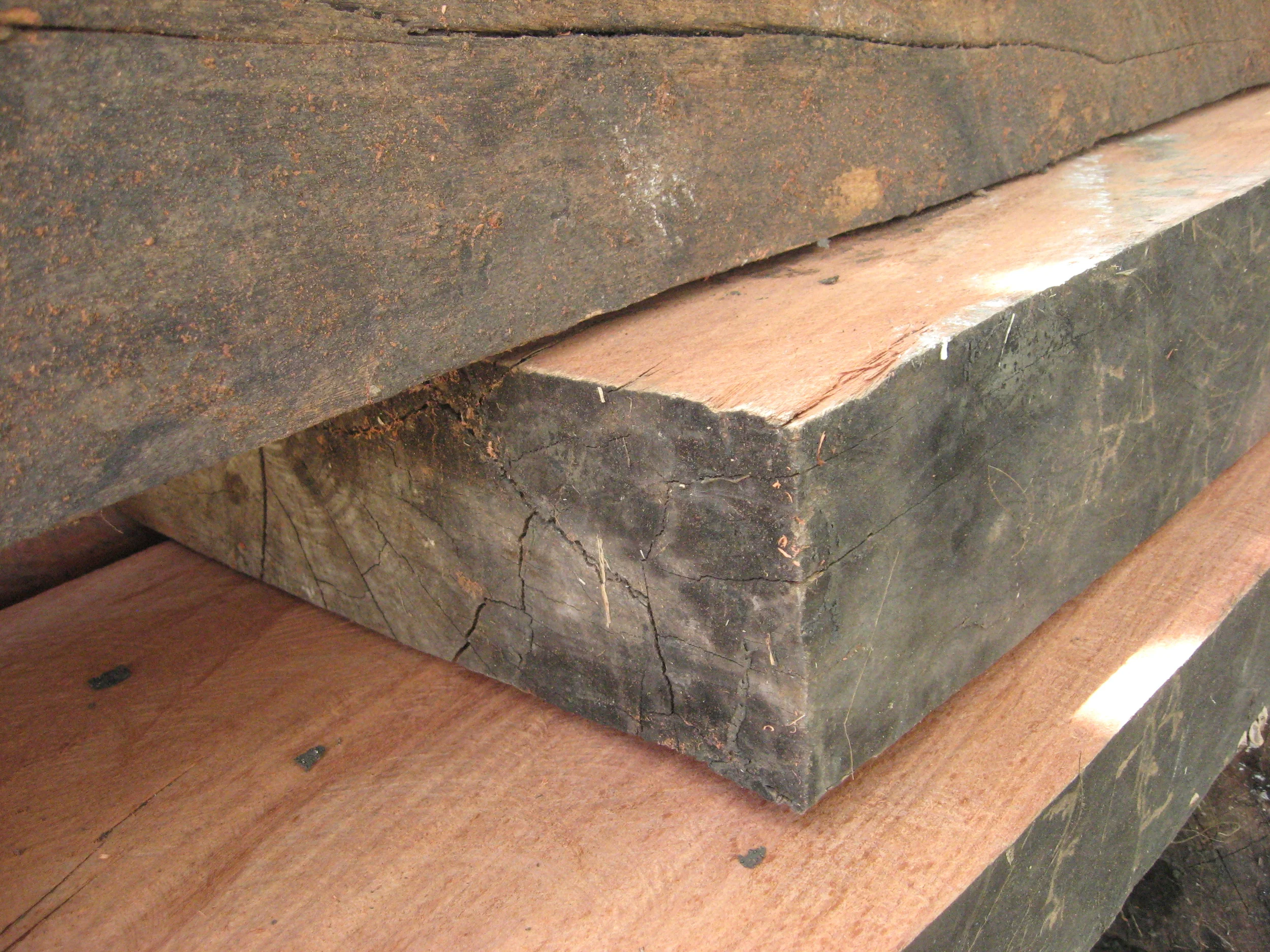The demand for tropical woods is growing, especially in emerging economies such as China, India, and Brazil. Plantation-grown timber is helping meet this growing demand, and offers a number of advantages to first growth forests.
- Plantation forests can yield 3-10 times more usable wood than natural forests
- Products from plantation forests tend to get better pricing because of the trees’ uniformity
- Trees in forest plantations grow quicker than in natural forests
We let the understory regenerate between rows of trees to increase biodiversity and reduce the need for pesticides.
Beyond monocultures
Worldwide, most plantation forestry companies plant large tracts of a single tree species. Trees grown as a monoculture “crop” typically require heavy chemical inputs to control pests, and don’t foment as much biodiversity in their canopies and understories.
In Panama, most forestry companies plant teak in large monoculture plantations. Teak is one of the most valuable woods in the world, but cultivating this single tree species is detrimental to local ecology.
While we do cultivate teak trees in our plantations, 70% of the trees we plant are native to Panama. We allow the understory around trees to regenerate and thrive, and leave non-commercial trees standing to promote further biodiversity. This type of “low impact” forestry approach encourages biodiversity that more closely mimics natural forests and reduces the need to use chemicals to control pests and disease.
Benefits of mixed native species
Local community partners have more experience working with indigenous species. When maintenance is required in the plantations we make every attempt to leverage their understanding of the trees by using manual techniques over pesticides and herbicides. This is less expensive than using chemical controls and has the added benefit of providing more paid jobs for local community members.
Finally, diversifying the mix of tree species reduces investment risk by limiting exposure to price fluctuations for a single type of wood. As the supply of tropical hardwoods declines with the amount of primary forest available for harvest, our plantations will represent an increasingly rare supply of these species.




